Closing Churches May Not Be Terrible and Can Still Be Good
In America, to hear about 100,000 churches closing does not have the same effect as hearing about 100,000 libraries closing.
People will worry more for libraries or schools closing in the thousands than for churches. But what if some good can still come out of these church closures?
Disappearing Churches Can Still Be Used
Rev. Mark Elsdon, editor of a book called “Gone for Good? Negotiating the Coming Wave of Church Property Transition,” believes that even when the churches no longer exist, their buildings can still be used.
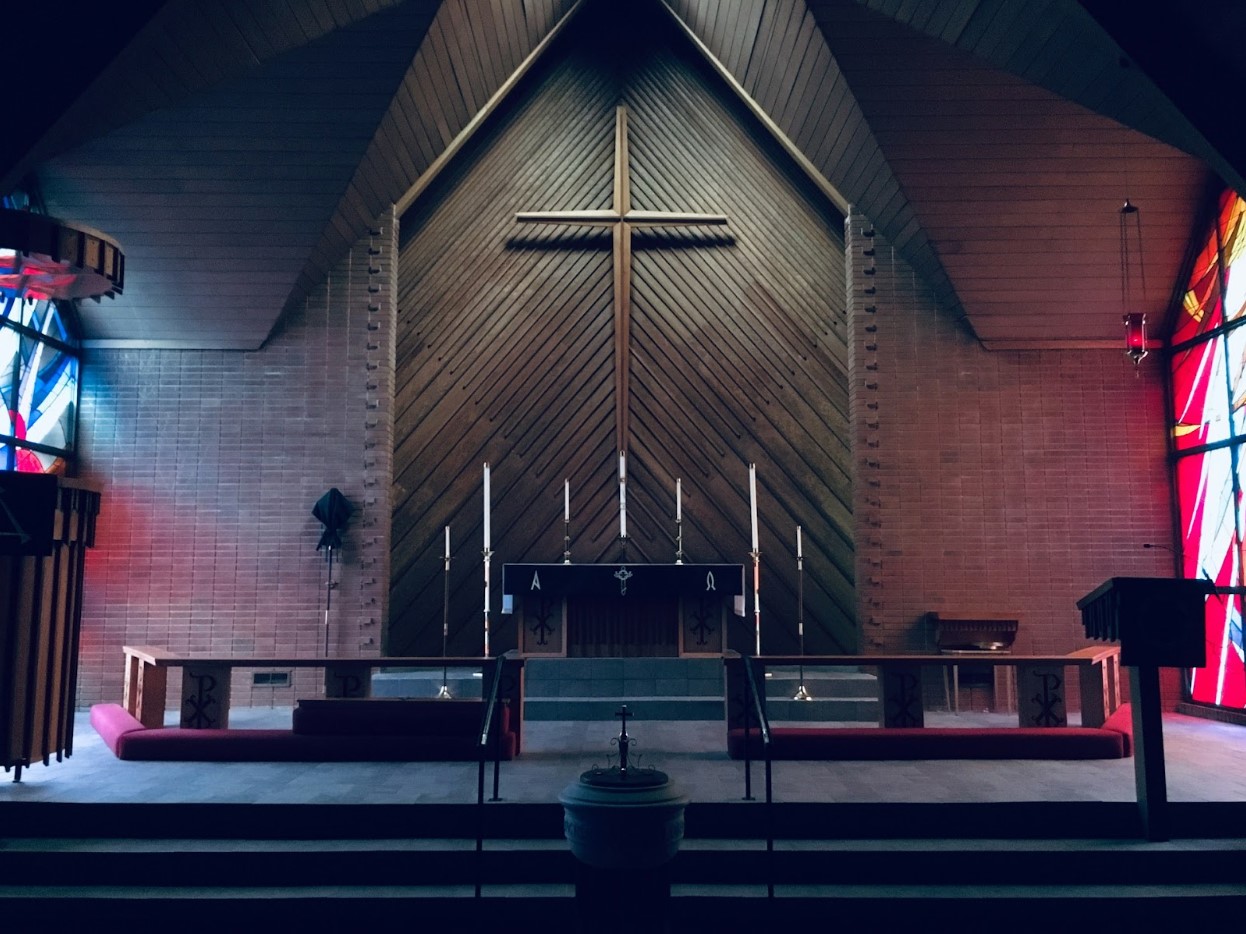
Source: Josh Eckstein/Unsplash
This way of thinking will help those who feel hopeless about their church’s struggles. “They blame themselves, or they want to blame somebody else, like the last pastor. It’s not fruitful to kind of get in that kind of blame or self-pity mode.”
Fewer Attendees Are Fact
No one can argue with the numbers. The fact is that there are fewer people attending traditional activities in actual churches.
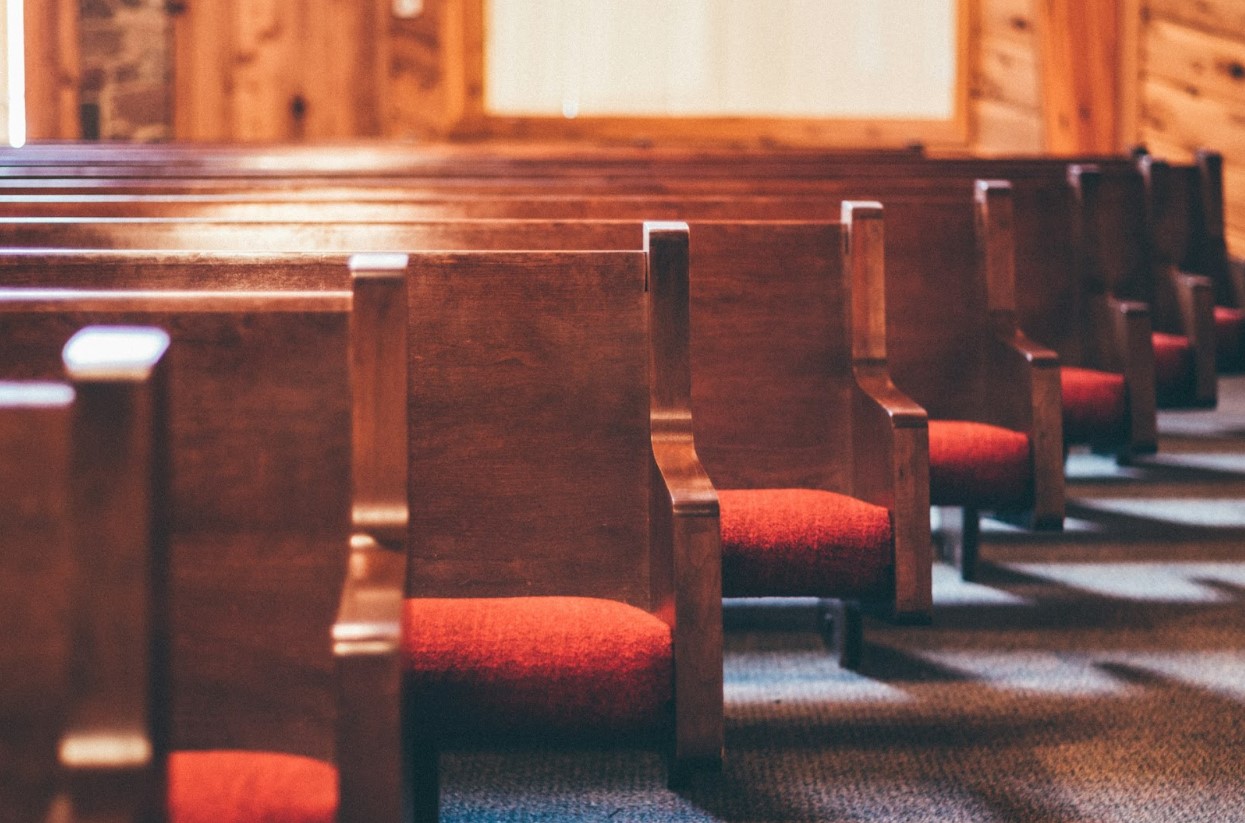
Source: Andrew Seaman/Unsplash
Churches across the country have been closing. In 2019, more churches were closed (4,500) than opened (3,000).
People Are Turning to Other Religions
Fewer people in America believe that religion is still important. But the numbers continue to shift.

Source: Raimond Klavins/Unsplash
People have left Christianity behind or they found other religions. Either way, churches will continue to empty if this situation persists.
More Buildings Than Actual Churches
Elsdon emphasized, “The bottom line is that there are fewer and fewer people identifying as Christians and attending traditional church activities in church buildings.”
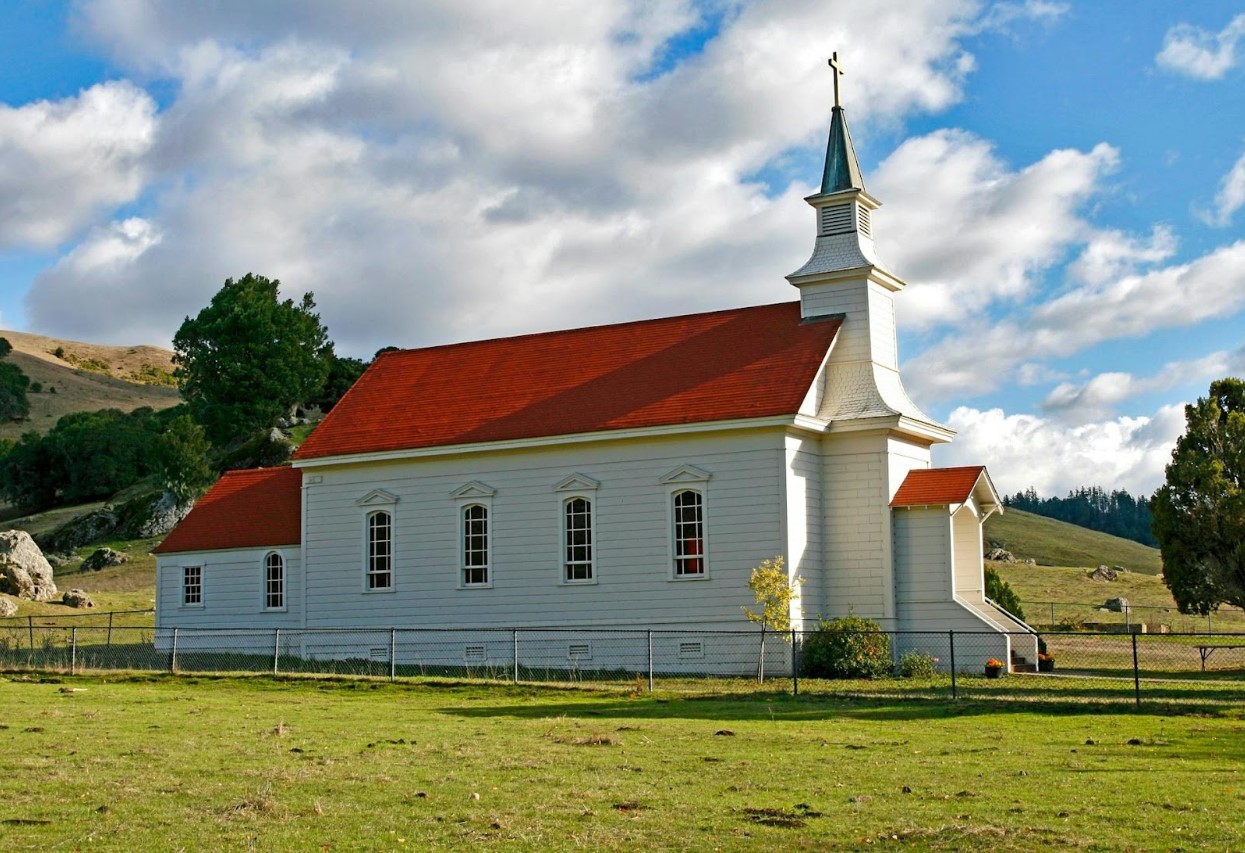
Source: Pixabay/Pexels
And this will eventually result in there being more church buildings today than the future may need. Those buildings may continue to stand as empty spaces or can be utilized as a new space.
The Alternative Is Also Good
That’s where the book that Elsdon edited comes in: offering applicable alternatives for the use of empty churches.

Sources: John Price/Unsplash
The book’s title, “Gone for Good,” is a play on words. “For good” can mean “permanent”… or it can mean “for other good causes.” It all depends on the congregation deciding what to do with it next.
The Beginning of Transformation
Elsdon has started to see changes with some churches transforming into community centers. The church still holds meetings for religious activities, but with additional activities happening as well.

Source: Antenna/Unsplash
“In the book, there’s a chapter about rural churches partnering with health care centers. I love this idea. Health care centers in rural communities don’t want to build a standalone clinic, but they do want to come two or three days a week. They can take over a chunk of a church building that’s underused, and that building is now a part-time health clinic in a rural community,” he said.
Starting With a Small Project
There are many ideas of what people can use church buildings for. Elsdon’s advice is to start small.

Source: Shari Sirotnak/Unsplash
“Maybe start with just inviting a food truck to show up Friday night in the summer in your parking lot. Then see what happens,” he suggests. “Just start somewhere with a bite-sized project. And if it does work, then you get all excited about it. And then you go from there.”
Using the Blockbuster Example
Elsdon’s favorite analogy to explain the possibility of churches closing is to use Blockbuster Video’s closure in the early 2000s.
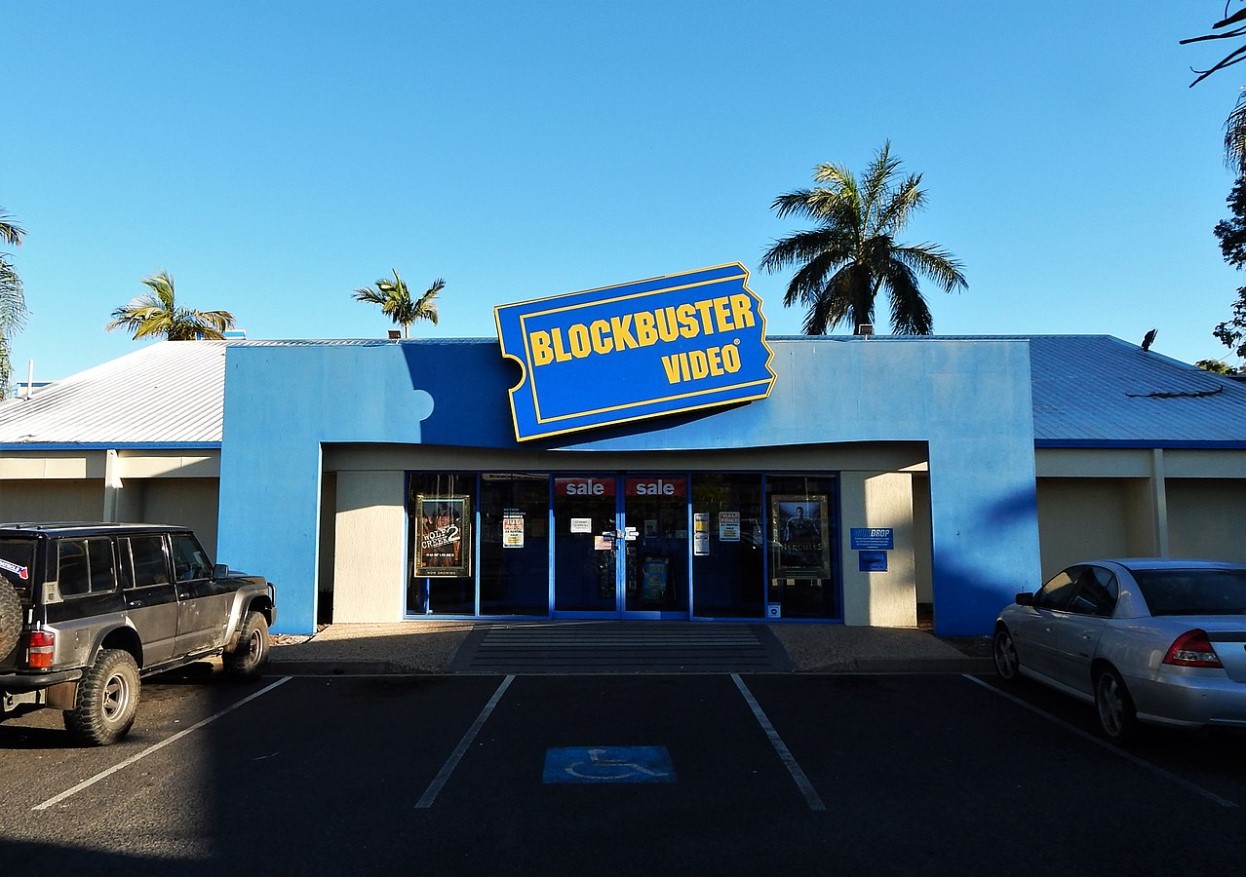
Source: RegionalQueenslander/Wikimedia Commons
Although the case of disappearing brick-and-mortar rental stores is very extreme, the similarities are there. Blockbuster stores might have been out of business, but their buildings still stood and are now used for something else.
Not Gone, Just Changing
According to Elsdon, as long as people are still interested in spiritual life, church buildings will never disappear.
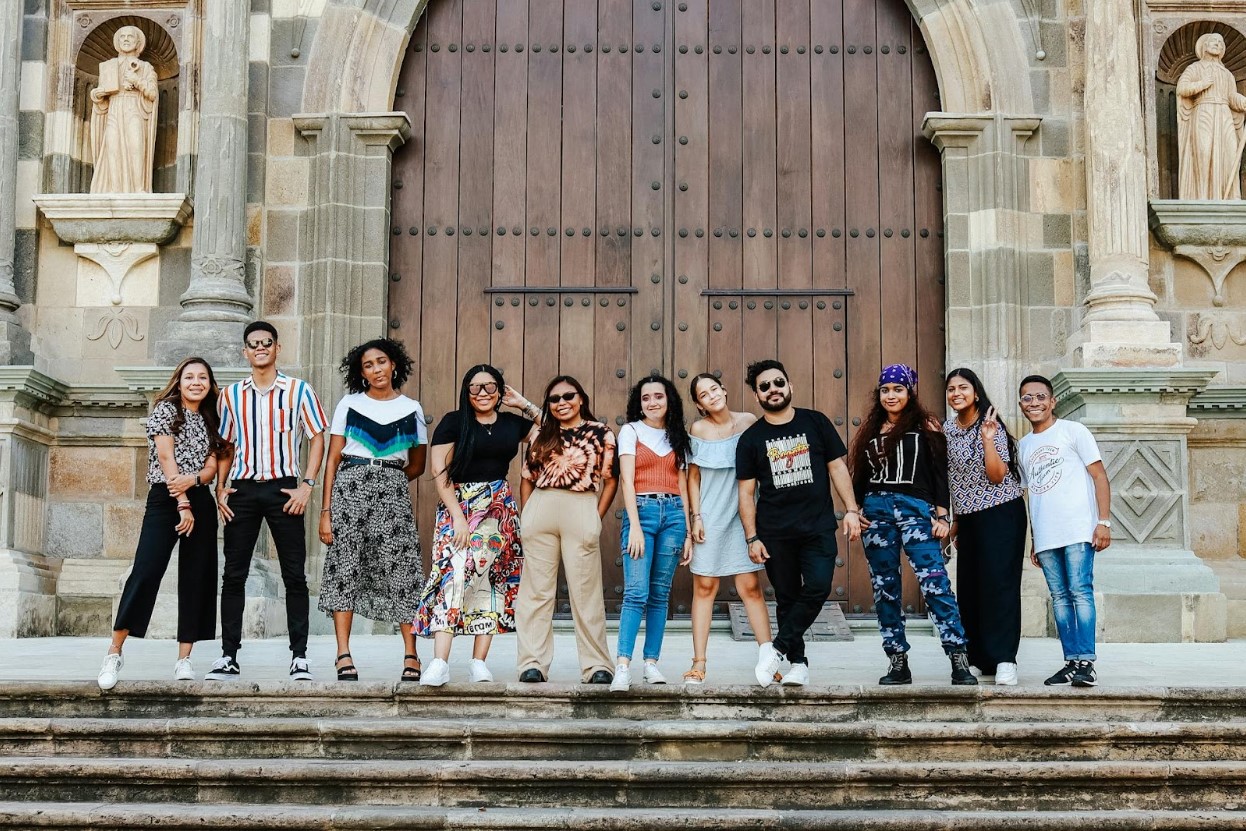
Source: Luis Quintero/Pexels
“They’re still interested in the divine and community—things that matter and have a purpose. But the way they go about that is not on Sunday working in a worship service or Sunday school classes.”
Not Enough Discussion
However, Elsdon doesn’t think the idea has caught on with the general church-going public yet.

Source: Erika Giraud/Unsplash
“I don’t think we’re thinking about it enough,” Elsdon says, “but there’s much more talk of it even in the last couple of years than I’ve ever heard before.
Creating a Good Life
The Elsdon-edited book will certainly help move the discussion forward about church property transition.
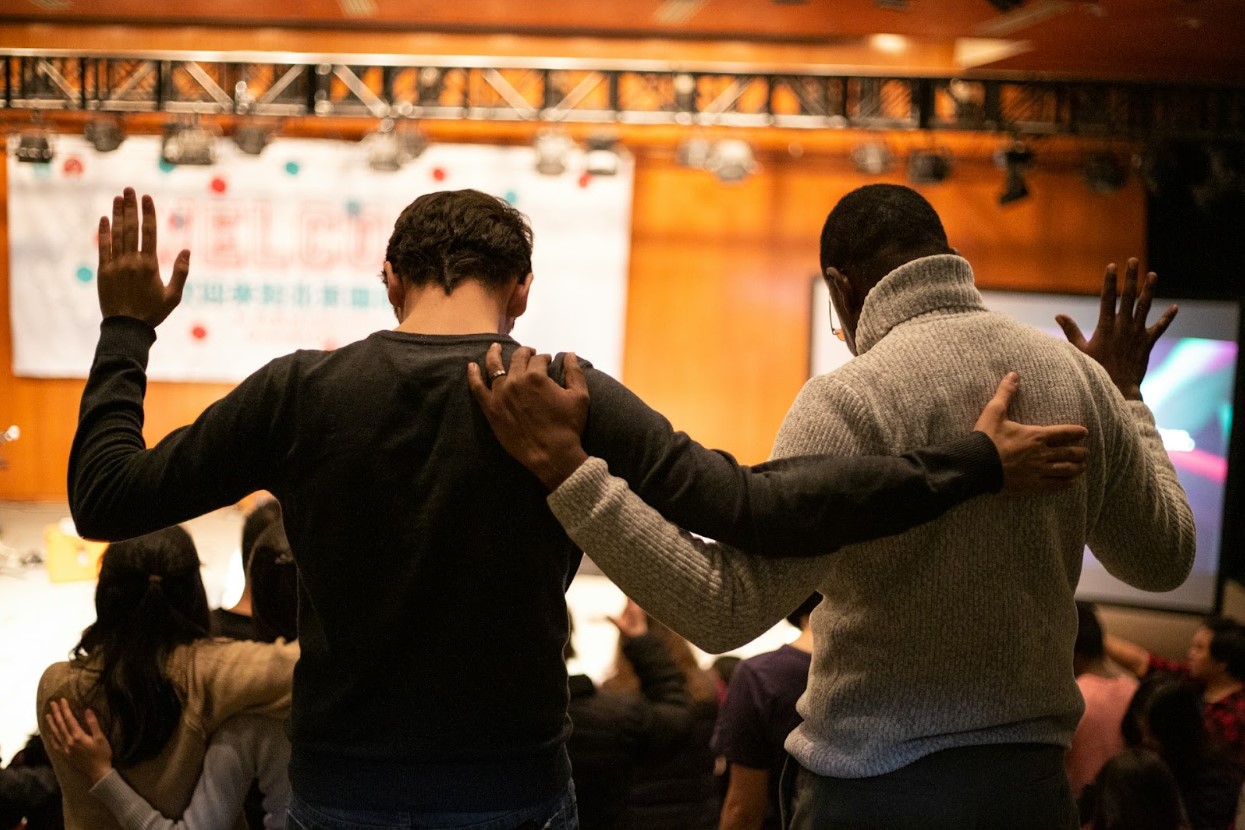
Source: Sam Balye/Unsplash
Communities everywhere will definitely look forward to more good coming out of their church buildings—good jobs, good deeds, good people… a good life.
